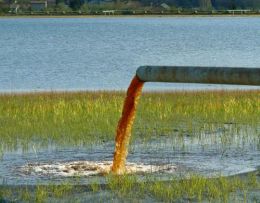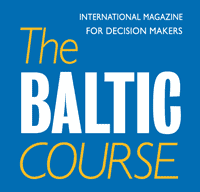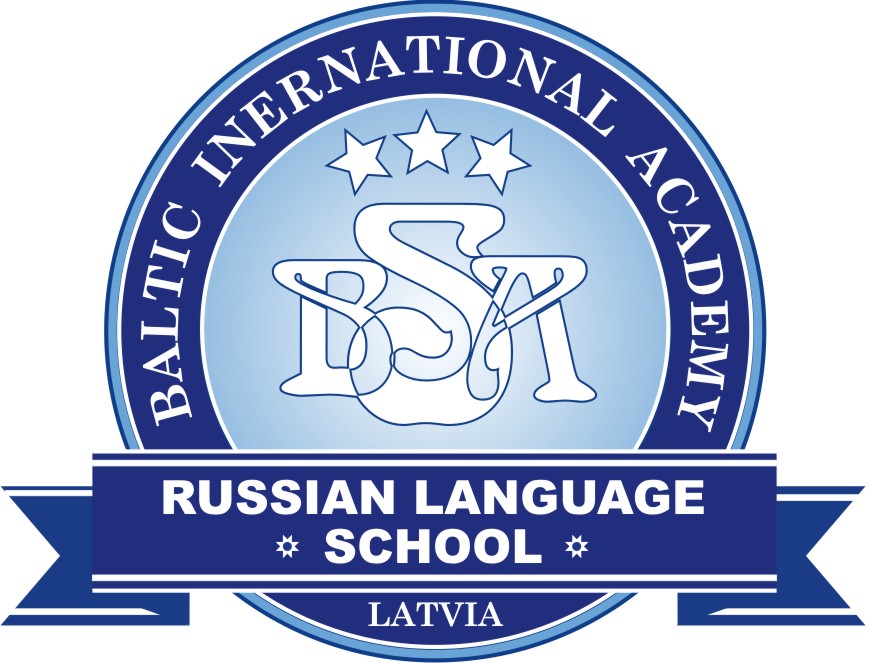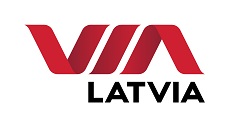Ecology, Energy, EU – Baltic States, Legislation, Markets and Companies, Water
International Internet Magazine. Baltic States news & analytics
Sunday, 20.04.2025, 00:08
European rivers are too polluted
 Print version
Print version |
|---|
In recent years, strict legislation was introduced to control the amount of nitrate and phosphate that runs into the sea from European rivers. However, new research reveals that water quality has not improved as much as expected. Policymakers need to take into account a time lag in the system that could be up to 40 years, say the researchers (see sources below).
Excess nutrients can cause an unnatural algae ‘bloom’, stripping oxygen from water and reducing populations of fish and other animals. Controlling discharge of nutrients from human sources, including agricultural fertilisers and wastewater, has been a key aspect of EU environmental legislation (see sources 1-3).
However, very few long-term studies exist at the European level to assess how effective these regulations have been in improving the quality of freshwater discharged into the sea.
In the new study, scientists (Bouraoui F. & Grizzetti B.) used several global databases to estimate nutrient input to all river basins that drain into European seas. To investigate the connection between nutrient input and water quality, the scientists compared the total change in nutrient input from 1990 to 2005 with measurements of nitrate and phosphate from 39 European river outlets (data reported annually by member states of the OECD).
See also: Science for Environment Policy, issue 273: a service from the European Commission.
The results revealed that nitrate pressure for the EU-15 Member States has fallen by 32% since 1990, thanks mainly to a reduction of 13% in fertiliser use. Wastewater input has remained fairly stable overall, although differences exist between countries. Phosphate input has also declined, but this is because over the years it has accumulated in soils meaning that farmers apply less phosphate fertiliser, rather than the result of environmental legislation.
In total, 30% of the OECD monitoring stations demonstrated a decrease in nitrate concentration and there was an increase for 10%. Phosphorus decreased in 32% of stations and increased in 3%. For nitrate, the trend was strongly associated with both wastewater discharge and agricultural sources, whereas for phosphate, the relationship was slightly stronger for the former.
The scientists (Bouraoui F. & Grizzetti B., 2011) found that some river basins experienced increases in nutrient concentrations despite reduced anthropogenic input. Looking closely at two case studies, the Elbe in Germany and the Loire in France, they found that this could be partly explained by a time lag in the transport of excess nitrate into the groundwater as well as by storage of nitrate in the soil and aquifers.
The implication of this time delay is that for those countries that have been slow to implement EU legislation, the expected improvements in water quality will not be observable for some time, a situation that should be taken into account in monitoring and management of river basins e.g. under the Water Framework Directive (see nr 4). For the Elbe and the Loire, the scientists calculated time lags of 8 and 14 years, respectively, but previous research suggests this could be up to 40 years for some rivers.
The new research also raises questions about techniques for monitoring water quality. Trends calculated using long-term time-series data rather than the difference between two time periods, as is currently used to evaluate the Nitrates Directive (see source nr 1), are better able to distinguish between climate variability and the effects of policy changes. The researchers recommend that the network of European monitoring stations includes a greater number near river outlets as well as within the river basins. This would allow local conditions and the integrated effect on water discharged to the sea to be analysed.
Sources:
1. Nitrates Directive 91/676/EEC, See:
http://ec.europa.eu/environment/water/water-nitrates/index_en.html
2. Urban Waste Water Directive 91/271/EEC, See:
http://ec.europa.eu/environment/water/water-urbanwaste/index_en.html
3. Common Agricultural Policy (CAP), See:
http://ec.europa.eu/agriculture/index_en.htm
4. Water Framework Directive 2000/60/EC, See:
http://ec.europa.eu/environment/water/water-framework/index_en.html
as well as: Bouraoui F. & Grizzetti B. (2011). Long-term change of nutrient concentrations of rivers discharging in European seas. Science of the Total Environment, nr. 409, pp. 4899-4916.








 «The Baltic Course» Is Sold and Stays in Business!
«The Baltic Course» Is Sold and Stays in Business!

